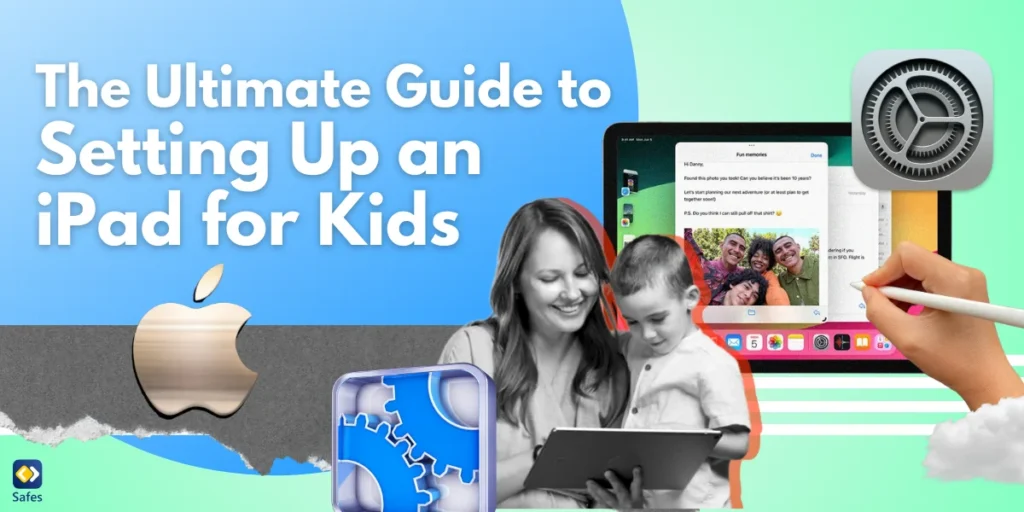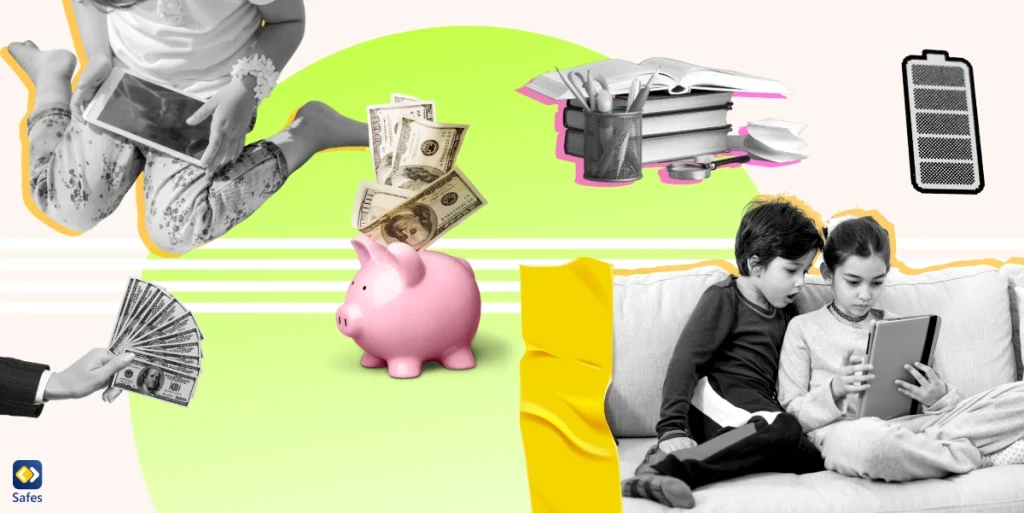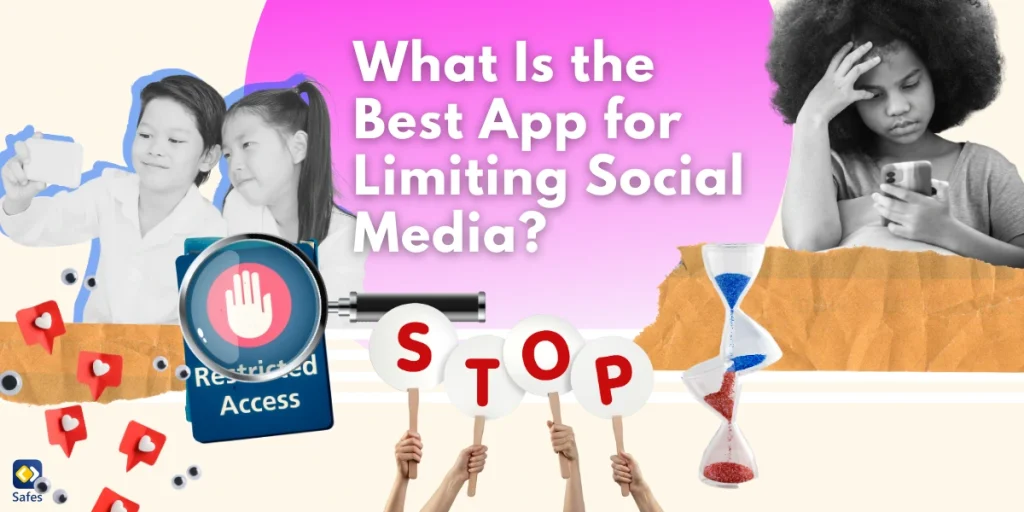A Comprehensive, Step-by-Step Parental Guide to Configuring, Customizing, and Securing an iPad Specifically Tailored for Children’s Educational Growth, Recreational Activities, and Safe Digital Exploration
iPads can be magical portals for children—offering access to educational games, interactive books, and creative tools. They turn car rides into storytime and rainy days into art workshops. But without proper precautions, that magic can quickly vanish, leaving parents juggling app downloads and privacy concerns.
Balancing fun, learning, and security isn’t just helpful—it’s essential. The good news? Apple makes it relatively easy to set up an iPad for child safety and productivity. With the right steps, the iPad transforms into a virtual playground where kids explore, create, and learn—all under your watchful eye.
This guide walks you through everything you need to know to set up an iPad for child use. From creating safe browsing environments to choosing age-appropriate apps, each section focuses on making digital parenting feel a lot less chaotic.
Preparing the iPad for Setup
When setting up an iPad for a child, always begin with a blank canvas. If it’s a hand-me-down device, perform a factory reset to erase old data. For new devices, skip past unnecessary features and focus on enabling child-specific settings right from the start.
Kids are masters of finding glitches, so updating iOS ensures security patches and the latest features are in place. During setup, double-check for pending updates to avoid hiccups later. Keeping software current isn’t flashy, but it saves a world of troubleshooting down the road.
An Apple ID for kids simplifies oversight. Create a separate ID under Family Sharing, enabling parental controls without jeopardizing your own emails or playlists. Shared accounts might seem easier initially, but they often lead to mix-ups like accidental purchases and mysterious calendar events.
Enabling Parental Controls and Screen Time Settings
The best way to set up iPad for child security is by diving into Apple’s parental controls. These settings let you monitor usage, block inappropriate content, and manage screen time—all without needing a tech degree.
Navigate to Settings > Screen Time and set daily limits for app usage. Downtime schedules give kids designated breaks, while content filters keep their browsing safe. Add a passcode to prevent sneaky adjustments, ensuring boundaries remain intact.
Kids are great at tapping buttons, especially when games promise glittery rewards. Use Screen Time restrictions to block unauthorized app purchases. This prevents surprise charges and keeps your bank account from staging a protest.
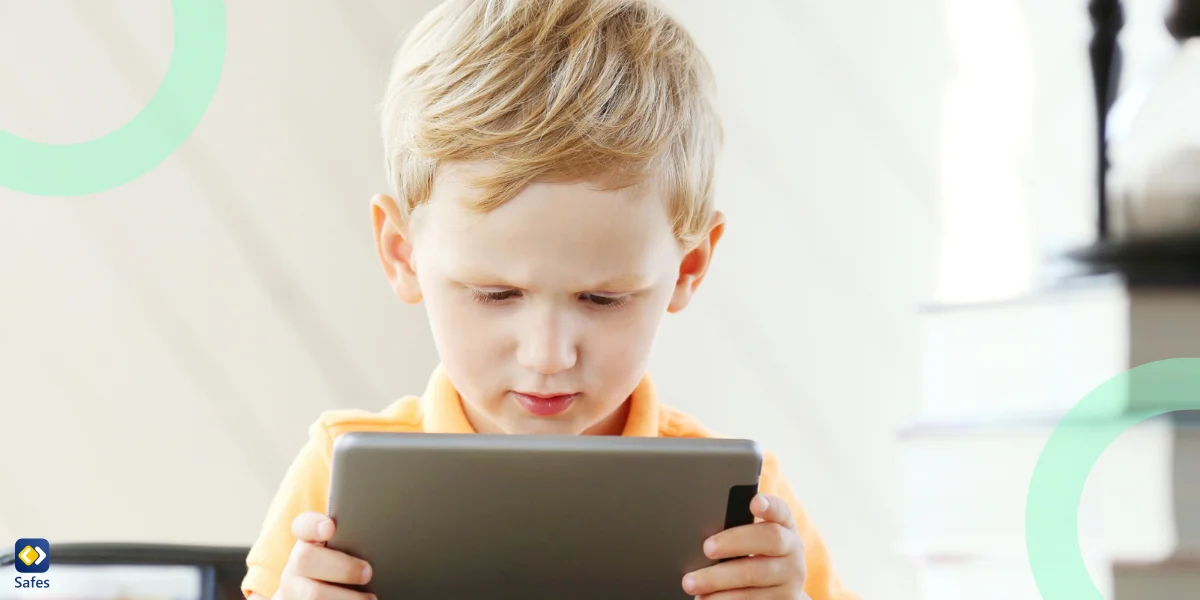
Safes: Taking Parental Controls to the Next Level
While Apple’s parental controls cover basics, dedicated parental control apps like Safes add extra layers of security. With features like real-time monitoring and instant activity reports, Safes gives parents peace of mind, especially when managing multiple devices.
Safes is available for iOS and Android, and parents can start with a free trial to see how it fits their needs. It’s like having a virtual babysitter who never complains about snack breaks.
Configuring Content Restrictions and Privacy Settings
Explicit lyrics and R-rated movies? Not on this iPad. Dive into Settings > Content & Privacy Restrictions to block inappropriate content in music, videos, and apps. Keeping things age-appropriate prevents awkward surprises during family dinners.
Limit location services, microphone access, and camera usage. Privacy settings protect kids from oversharing, whether they’re snapping selfies or exploring AR filters. Teaching kids about privacy now lays the foundation for safer digital habits later.
Setting up an iPad for a child stuck on update restrictions? Restart the device, check storage, or reset settings. Apple devices can be stubborn, but patience—and a quick Google search—usually wins.
Choosing Age-Appropriate Apps and Educational Tools
An iPad can be a powerhouse for learning. For younger children, educational apps for elementary schoolers like ABCmouse and Khan Academy make math and reading exciting. Older kids can explore coding through Scratch or Swift Playgrounds.
Encourage creativity with apps for music composition, digital art, and video editing. GarageBand and Procreate turn downtime into creative time. Who knows? You might have the next Beethoven or Spielberg in the making.
Educational games combine fun with skill-building. Look for parent-approved titles with high ratings that challenge problem-solving and critical thinking. When learning feels like play, kids stay engaged longer.
Enabling Safe Browsing and Communication
Parental controls on Safari are indispensable for safe browsing. Activating content filters and limiting website access protect children from wandering into inappropriate spaces. Parents can pre-approve sites and block harmful content, creating a secure online experience without constant supervision.
Communication settings deserve equal attention. Restrict messaging and FaceTime to trusted contacts. Built-in tools let parents decide who can reach their child, whether through calls or texts. These controls keep interactions safe while ensuring kids can still chat with Grandma about her cat’s antics.
Safe browsing isn’t only about filters—it’s about awareness. Teaching kids to recognize phishing attempts and unsafe links complements parental controls. Combining software restrictions with lessons on online safety builds confidence and independence as children grow.
Check Safari settings regularly, especially after iOS updates. Sometimes new features can reset preferences, leaving gaps in security. A quick review ensures protections remain solid and effective.
Organizing the Home Screen for Productivity and Focus
Organizing apps into folders simplifies access and reduces clutter. Grouping them by categories such as education, games, and creativity provides structure, making it easier for kids to find what they need without distractions. A neat layout encourages focus and turns the iPad into a tool, not a toy.
Widgets add utility by displaying schedules, weather, and reminders. These mini-tools make information instantly available, promoting organization and time management. Customizing the home screen with useful widgets helps kids stay on track, reducing the likelihood of “I forgot!” moments during the day.
Strategic placement of frequently used apps prevents unnecessary scrolling. Keep learning tools front and center, pushing games and entertainment to secondary screens. This subtle prioritization guides children toward productive habits without forcing them.
Rotating apps seasonally keeps the layout fresh. Update folders to match school subjects or new hobbies, maintaining interest and engagement. Periodic tweaks also ensure the iPad evolves alongside growing interests and skills.
Protecting the Device: Cases, Screen Protectors, and More
Kids are natural explorers—and sometimes accidental destroyers. Investing in a rugged case and a tempered glass screen protector can turn fragile tablets into battle-ready devices. These safeguards shield against drops, spills, and sticky fingers, keeping the iPad intact and ready for the next creative or learning adventure.
Protection doesn’t end with cases. Adding a carrying bag with compartments helps keep accessories organized and reduces the chance of misplacing styluses or headphones. Lightweight bags make it easier for kids to transport their devices safely, whether to school, a friend’s house, or a long car ride.
Accessories expand functionality, turning iPads into mini workstations. Headphones create private learning zones, styluses make digital art effortless, and detachable keyboards introduce typing skills early. These tools empower kids to approach the iPad as more than a toy—it becomes a platform for exploration and growth.
Labeling devices prevents mix-ups and simplifies retrieval if they’re misplaced. Engraving names or contact numbers on cases—or using colorful, custom stickers—adds personality while ensuring the device finds its way back home. Combining protection with organization helps parents relax and allows kids to enjoy their tech without constant worry.
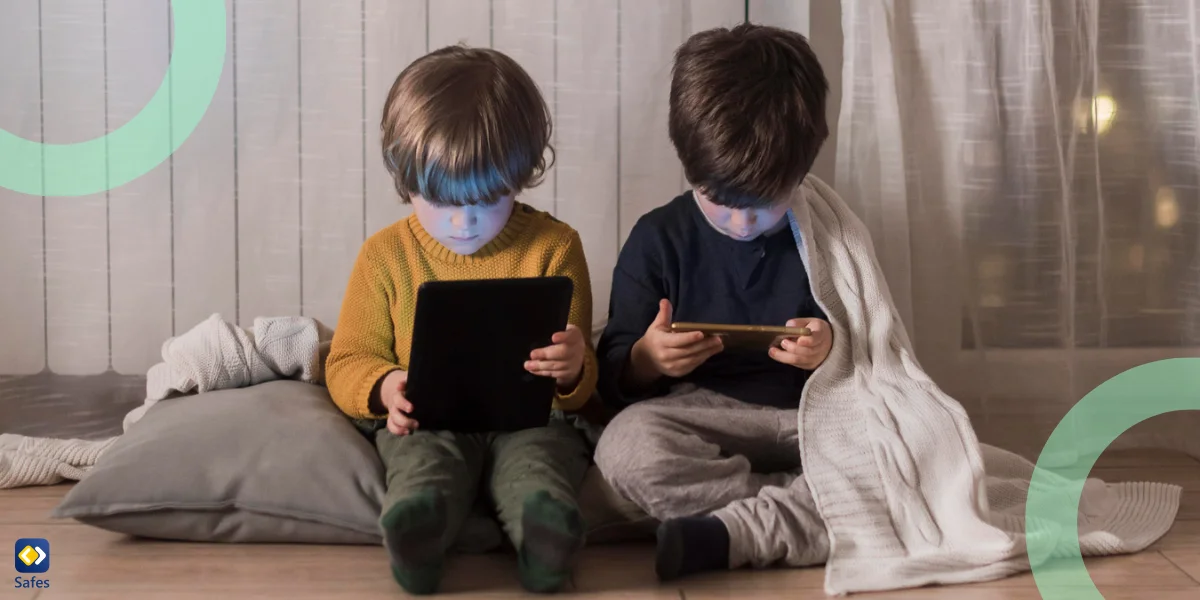
Teaching Kids Responsible Usage and Digital Etiquette
Screen time should feel like an earned privilege, not an endless right. Establish rules early—define usage hours, set timers, and encourage breaks. Consistent boundaries prevent meltdowns when it’s time to unplug and help kids understand that balance matters as much as battery life.
Good digital habits begin with teaching kids to respect others online. Conversations about kindness in chats and games can stop hurtful behavior before it starts. Remind them that words, even virtual ones, leave an impression, and practicing empathy online is as important as it is in face-to-face interactions.
Privacy lessons matter, too. Explain the dangers of oversharing details like addresses or birthdays. Model smart sharing habits and use parental controls to reinforce limits. Kids who grow up valuing privacy are less likely to fall victim to scams and unsafe interactions.
Encourage kids to report anything uncomfortable they see online. Open communication ensures they know they can come to you without fear of punishment. Building trust prepares them to handle digital challenges responsibly while keeping you in the loop when problems arise.
Troubleshooting Common Issues
Forgotten passcodes can feel catastrophic, but recovery is easier than it seems. Use Apple’s reset tools and keep your Apple ID handy. A locked device doesn’t mean game over—it’s a reminder to back up regularly and teach kids the importance of memorizing passcodes without sharing them carelessly.
When storage runs low, it’s time for a digital spring cleaning. Delete unused apps, clear out duplicate photos, and offload files to iCloud. Encourage kids to organize their content, creating folders for schoolwork and projects. This small habit makes finding important files faster and reduces digital clutter.
Wi-Fi problems can frustrate even the calmest parent. Start by restarting the router and device. If that fails, check for software updates or reset network settings. Teach kids patience during slow connections and show them offline activities they can enjoy while waiting.
App updates can sometimes freeze or fail. Double-check that the device has enough storage and a strong internet connection. Restart the iPad if needed. Remind kids that not every app update is urgent—it’s okay to wait a little longer for the latest version.
Conclusion: Empower Kids With a Safe and Smart Digital Environment
Setting up an iPad for kids doesn’t need to feel like rocket science. With a thoughtful approach, parents can shape an environment where learning, creativity, and fun coexist safely. The process might take some effort initially, but the payoff is a smoother experience that keeps both kids and parents happy.
Technology changes fast—and so do kids’ interests. Revisiting settings every few months keeps the iPad relevant and secure. Adjust parental controls as children grow, adding freedoms where appropriate while keeping safety nets firmly in place. Staying proactive with updates and settings prevents headaches before they happen.
An iPad that works seamlessly supports a family’s routines rather than interrupting them. Whether it’s used for school, hobbies, or downtime, a well-configured device empowers kids while giving parents peace of mind. A little planning goes a long way in balancing safety with exploration.
